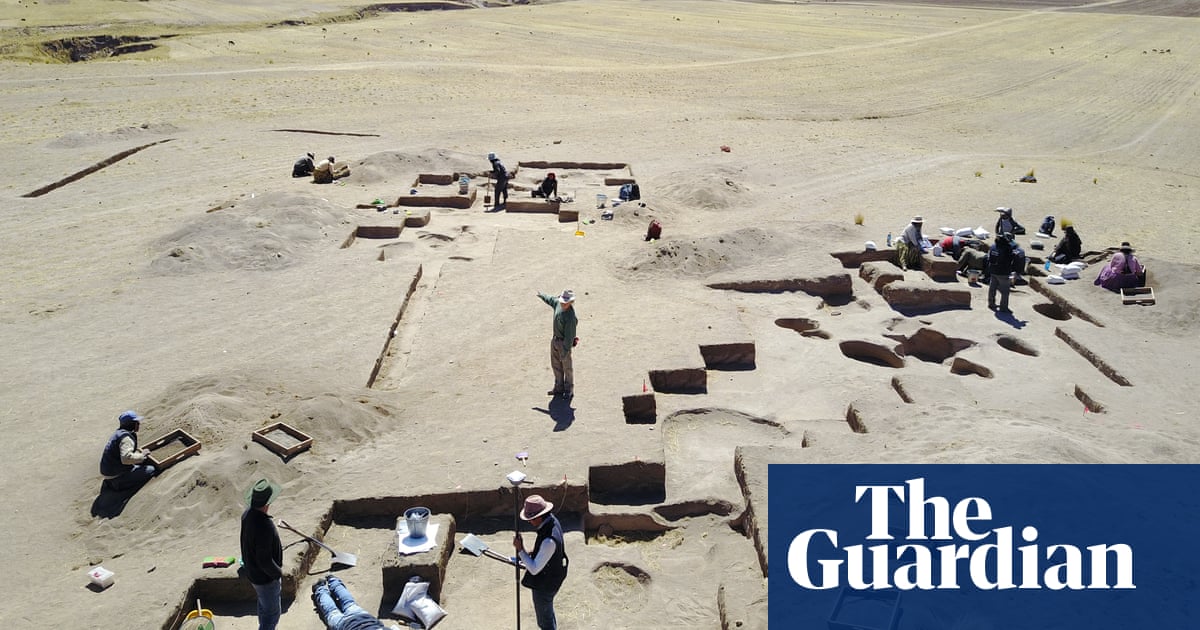Archaeological findings suggest that early human hunter-gatherers predominantly consumed plants and vegetables, casting doubt on the common belief that our ancestors relied heavily on a high-protein, meat-centric diet. A study of 24 individuals’ remains from burial sites in the Peruvian Andes, dating back 6,500 to 9,000 years, indicates that wild potatoes and other root vegetables might have been the main source of nutrition before the transition to an agricultural lifestyle. Dr. Randy Haas, an archaeologist at the University of Wyoming and the senior author of the paper, noted, “Our analysis shows that the diets were composed of 80% plant matter and 20% meat,” challenging the prevailing notion of early human economies focusing on hunting. Some previous theories proposed that the shift to agricultural economies was prompted by over-hunting, but the latest findings suggest a more gradual transition from foraging to farming.
The research concentrated on remains from the Wilamaya Patjxa and Soro Mik’aya Patjxa burial sites, located a mile apart in the Andes mountains. Through bone analysis and comparison of carbon and nitrogen forms with local plants and animals, the scientists inferred that plant foods formed the bulk of the individuals’ diets, with meat playing a secondary role. Jennifer Chen, a PhD student in anthropology at Penn State University and the first author of the paper, emphasized, “A lot of archaeological frameworks on hunter-gatherers, or foragers, centre on hunting and meat-heavy diets, but we are finding that early hunter-gatherers in the Andes were mostly eating plant foods like wild tubers.”
The study also revealed evidence of burnt plant remains at the sites and distinctive patterns of dental wear on the upper incisors of several individuals, suggesting that tubers, possibly wild potatoes, were the primary food source. Additionally, the analysis indicated that larger mammals, such as deer or llamas, constituted most of the meat in the diet, rather than smaller mammals, birds, or fish.
Dr. Haas pointed out that the prevailing belief of early humans relying mainly on meat was widespread in archaeological circles. He admitted, “If you were to talk to me before this study I would’ve guessed meat comprised 80% of the diet,” highlighting the prevailing assumption in archaeological records, which are biased towards evidence of meat-eating due to the better preservation of stone tools and butchered animal bones compared to plant remains. Furthermore, Haas suggested that biases among mostly male archaeologists from Western cultures, wherein hunting is perceived as a masculine pursuit, may have contributed to perpetuating a “macho caveman” stereotype of early human society. He added that similar biases may have influenced research into early human diet in other regions of the world.














